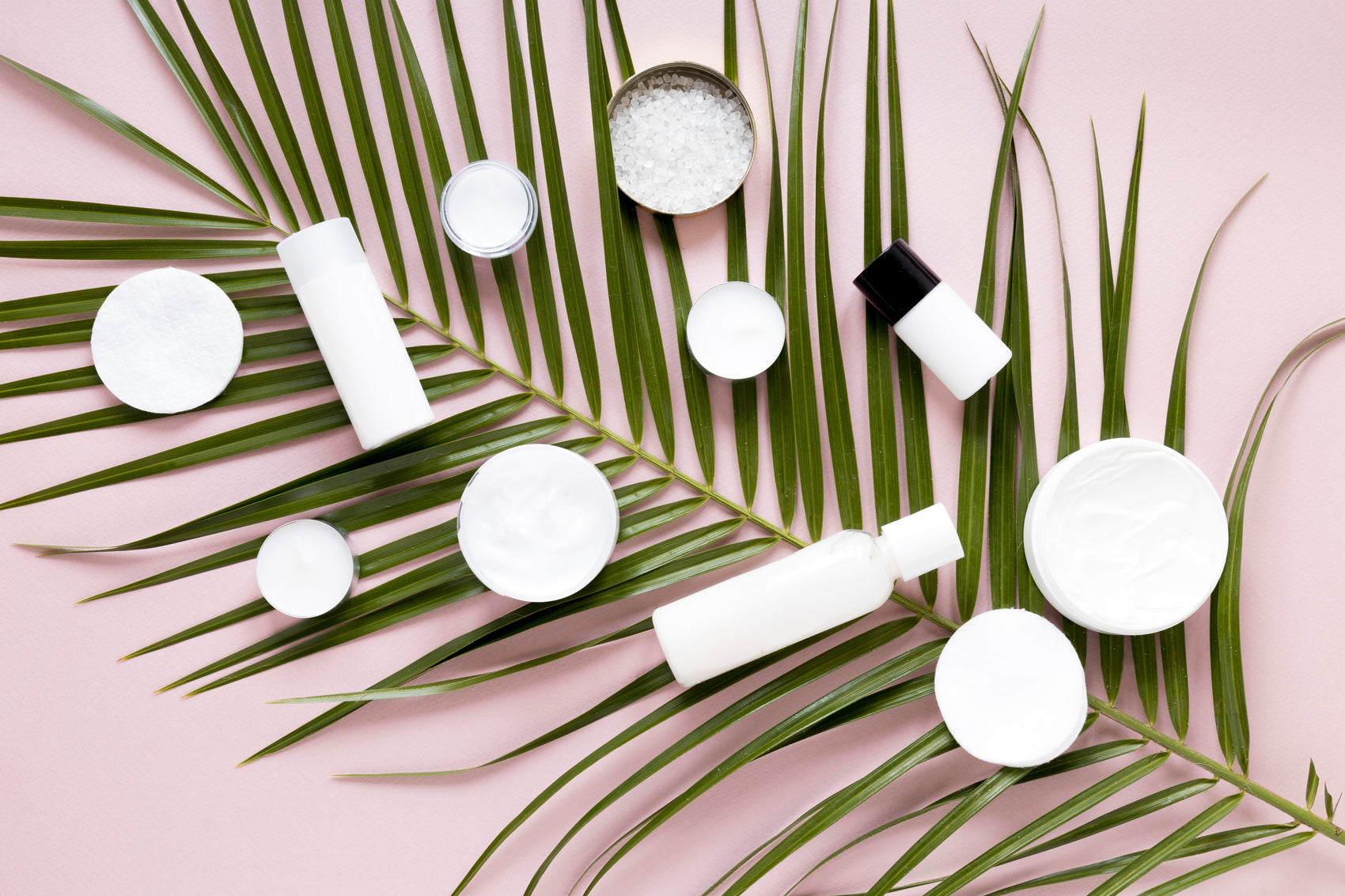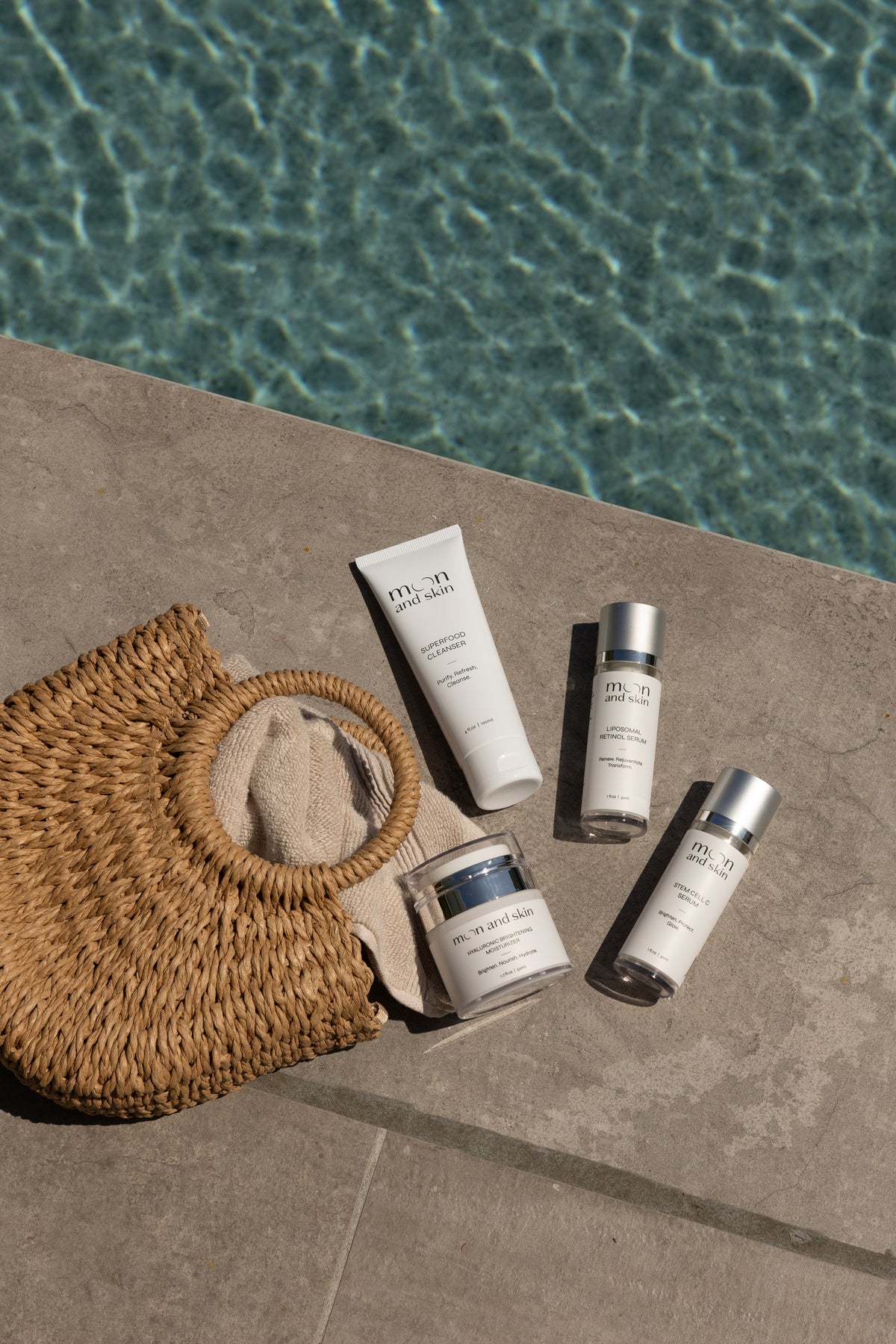Table of Contents
Introduction
Have you ever wondered why aloe vera has earned the title of a 'miracle plant'? For centuries, this succulent has been celebrated for its soothing properties and incredible versatility. With over 75 active components, including vitamins, minerals, and antioxidants, aloe vera is a powerhouse ingredient often found in skincare routines. As we navigate the ever-evolving world of skincare, understanding when to incorporate aloe vera into our routines is crucial for maximizing its benefits.
Today, we will explore the myriad ways aloe vera can enhance our skincare regimen, specifically focusing on its application on the face. We will cover the benefits of aloe vera, the best times to use it, how to apply it, and any precautions you should consider. Together, we'll empower you to make informed decisions about your skincare journey, ensuring your skin remains radiant and healthy through all its phases.
What is Aloe Vera?
Aloe vera is a succulent plant that belongs to the Liliaceae family, thriving in arid climates around the world. Known scientifically as Aloe barbadensis miller, it has a long history, dating back to ancient Egypt, where it was revered for its healing properties. The thick, fleshy leaves of the aloe vera plant store a gel-like substance that is rich in nutrients, including vitamins A, C, E, and B12, as well as minerals like calcium, magnesium, and zinc.
This gel is what we use for skincare. Not only is it soothing and hydrating, but it also possesses anti-inflammatory and healing properties that make it an ideal candidate for facial applications.
Key Nutrients in Aloe Vera
- Vitamins: Aloe vera contains several essential vitamins, including A, C, and E, which are known for their antioxidant properties that protect the skin from free radical damage.
- Minerals: The presence of minerals such as calcium, magnesium, and zinc helps nourish the skin, promoting overall skin health.
- Amino Acids: With seven essential amino acids, aloe vera can support collagen production, encouraging skin elasticity and firmness.
Benefits of Aloe Vera for Facial Skin
Using aloe vera on the face can provide a myriad of benefits. Let's explore these advantages in greater detail.
1. Hydration Without Greasiness
One of the primary benefits of aloe vera is its ability to hydrate the skin without leaving a greasy residue. Comprising about 96% water, it acts as a natural humectant, attracting moisture to the skin. This makes aloe vera an excellent choice for those with oily or acne-prone skin, as it hydrates without clogging pores.
2. Soothing Sunburns and Irritation
If you've ever suffered from sunburn, you know how painful and uncomfortable it can be. Aloe vera is renowned for its cooling properties and can provide immediate relief from sunburn and other skin irritations. Its anti-inflammatory compounds help reduce redness and swelling, making it a go-to remedy post-sun exposure.
3. Acne Management
Aloe vera contains salicylic acid, which is known for its anti-inflammatory and antibacterial properties. This makes it effective in treating acne by unclogging pores and reducing inflammation. Regular application can lead to clearer skin and reduced breakouts.
4. Promoting Wound Healing
For minor cuts and wounds, aloe vera can speed up the healing process. Its polysaccharides stimulate cell growth and repair, making it an excellent topical treatment for small injuries. Additionally, its antibacterial properties can help prevent infections.
5. Reducing Signs of Aging
Aloe vera can help minimize the appearance of fine lines and wrinkles due to its ability to increase collagen production. The antioxidants present in aloe vera also assist in reducing visible signs of aging, making it a valuable addition to your skincare routine.
6. Brightening the Complexion
The vitamins and antioxidants in aloe vera can help to brighten the skin, reducing the appearance of dark spots and hyperpigmentation. Regular use can lead to a more even skin tone and a radiant complexion.
Summary of Benefits
Aloe vera is a versatile ingredient that can hydrate, soothe, treat acne, promote healing, reduce signs of aging, and brighten the complexion. Incorporating aloe vera into your skincare routine can support your skin's health at any age.
How to Use Aloe Vera on Your Face
Knowing when and how to use aloe vera on your face is essential for maximizing its benefits. Here’s a step-by-step guide to incorporating aloe vera into your skincare routine effectively.
Step 1: Source Quality Aloe Vera
You can either extract the gel directly from an aloe vera plant or purchase pre-packaged aloe vera gel. If you opt for the plant, make sure to choose a healthy leaf. Cut it near the base, wash it, and then slice it open to scoop out the gel. If you prefer convenience, look for products that contain a high percentage of pure aloe vera and avoid those with added alcohol or synthetic ingredients.
Step 2: Cleanse Your Face
Before applying aloe vera, it’s crucial to start with a clean canvas. Use a gentle cleanser to remove makeup, dirt, and impurities from your skin. Our Superfood Cleanser is an excellent choice, as it nourishes while it cleanses.
Step 3: Patch Test
If you're using aloe vera for the first time, always perform a patch test. Apply a small amount of the gel to an inconspicuous area of skin and wait 24 hours to check for any adverse reactions.
Step 4: Application
- For Hydration: Apply a thin layer of aloe vera gel directly to your face. Massage it gently in circular motions, allowing it to absorb fully.
- For Acne Treatment: Target specific areas by applying aloe vera gel to acne spots or blemishes. You can also mix it with a few drops of tea tree oil for added benefits.
- As a Mask: For a more intensive treatment, apply a thicker layer of aloe vera gel and leave it on for 15-30 minutes before rinsing off with cool water.
Step 5: Follow with Moisturizer
After using aloe vera, follow up with a lightweight moisturizer to lock in hydration. Our Hyaluronic Brightening Moisturizer complements aloe vera beautifully by providing additional moisture and brightening benefits.
Step 6: Frequency of Use
You can apply aloe vera gel on your face daily or as needed. If you have sensitive skin, start with 2-3 times a week and gradually increase frequency based on your skin's tolerance.
Summary of Application Steps
- Source quality aloe vera.
- Cleanse your face.
- Perform a patch test.
- Apply aloe vera gel.
- Follow with a moisturizer.
- Adjust frequency based on skin needs.
When Should You Put Aloe Vera on Your Face?
Understanding the timing of when to apply aloe vera is vital for its effectiveness. Here are some scenarios to consider:
1. After Sun Exposure
Applying aloe vera immediately after sun exposure can provide soothing relief and help prevent peeling.
2. Following Exfoliation
After exfoliating, your skin may be more sensitive. Applying aloe vera can help calm irritation and hydrate the skin.
3. Before Bedtime
Using aloe vera at night allows it to work while you sleep, providing intensive hydration and skin repair. You can apply it as a mask or moisturizer before bedtime.
4. As Needed for Irritation or Breakouts
If you experience irritation or notice a breakout, applying aloe vera can help soothe the skin and reduce inflammation.
Summary of Timing
- After sun exposure
- Following exfoliation
- Before bedtime
- As needed for irritation or breakouts
Risks and Precautions
While aloe vera is generally safe for most people, there are a few considerations to keep in mind:
1. Allergic Reactions
Some individuals may experience an allergic reaction to aloe vera. Always perform a patch test before full application.
2. Sensitivity
If you have particularly sensitive skin, start with short application times (5-10 minutes) and gradually increase as tolerated.
3. Overuse
Using too much aloe vera can lead to dryness or irritation. It's essential to apply it in moderation.
Summary of Risks
- Possible allergic reactions
- Sensitivity for some skin types
- Avoid overuse to prevent irritation
Conclusion
Incorporating aloe vera into your skincare routine can be a game-changer, offering a multitude of benefits for your skin. From its hydrating and soothing properties to its ability to combat acne and signs of aging, aloe vera is a versatile ingredient that can enhance your skincare journey.
At Moon and Skin, we believe in clean and thoughtful formulations that nourish your skin through every phase of life. If you're ready to elevate your skincare routine, consider our Bundle & Save collection, which includes products that work harmoniously with aloe vera for a complete skincare experience.
FAQ
1. Can I leave aloe vera on my face overnight? Yes, aloe vera can be left on the face overnight for added hydration and skin repair. However, if you have sensitive skin, consider rinsing it off after a short period.
2. How often should I apply aloe vera to my face? You can apply aloe vera daily or as needed, depending on your skin type and concerns.
3. Can you put too much aloe vera on your face? Yes, using too much aloe vera can lead to dryness or irritation. It's best to use it in moderation.
4. Is aloe vera suitable for all skin types? Aloe vera is generally safe for all skin types, but those with sensitive skin should perform a patch test before use.
5. What other products can I combine with aloe vera? Aloe vera works well with other hydrating ingredients like hyaluronic acid and soothing botanicals like chamomile and calendula.
By understanding when and how to use aloe vera, you can harness its incredible benefits for your skin. Embrace this natural wonder and let it support your skincare journey!







